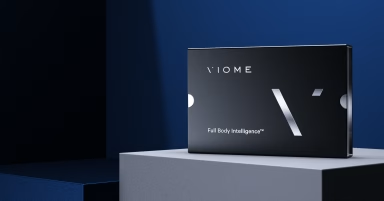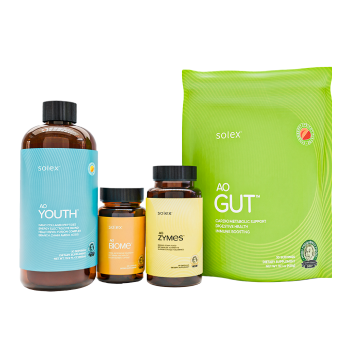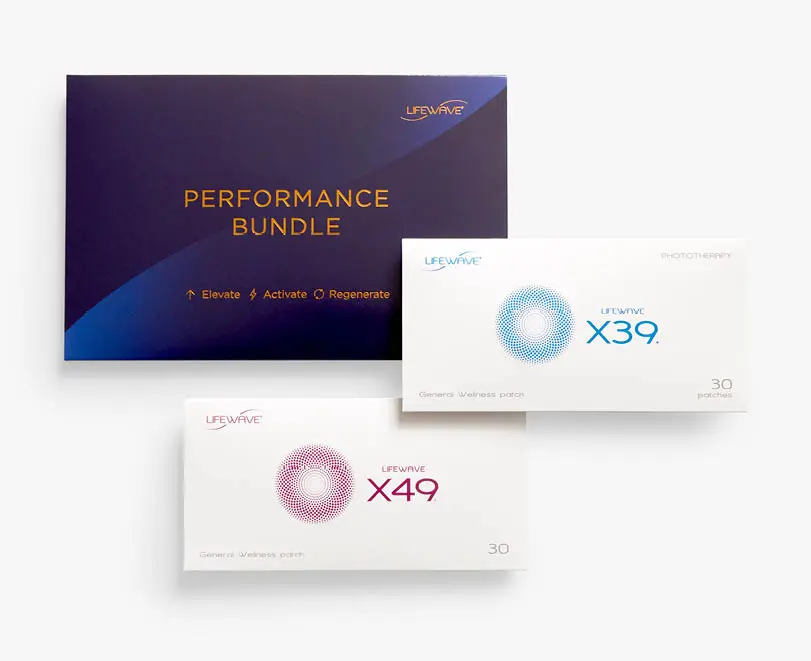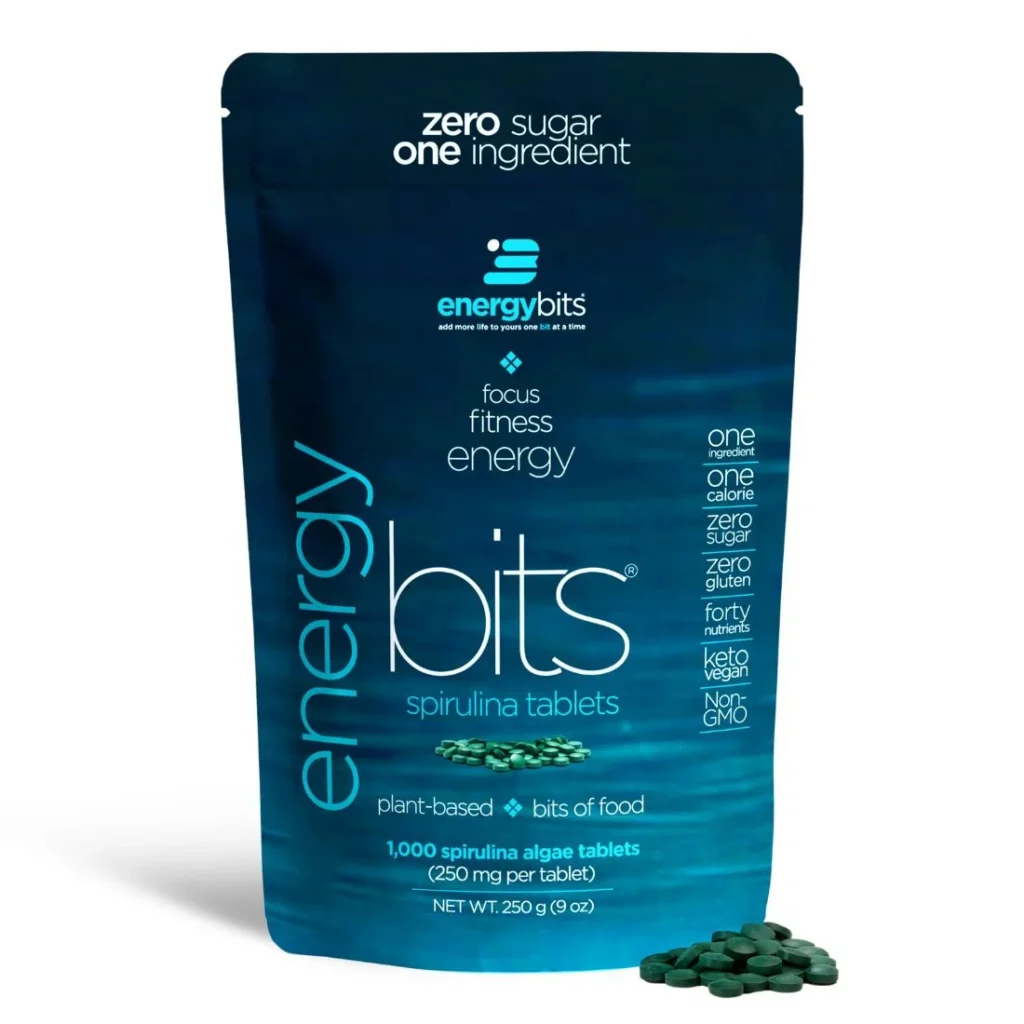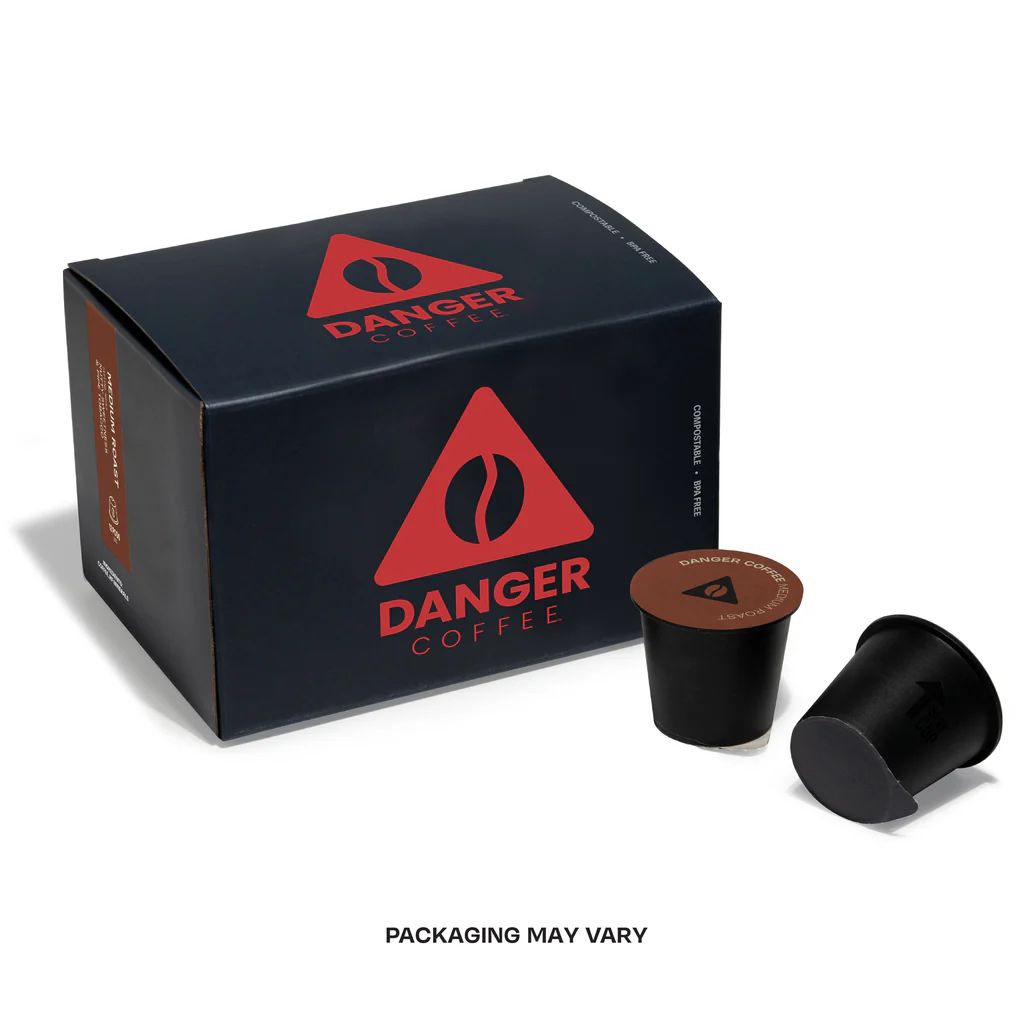The Neurochemical Power of a Proper Hug
Research reveals that 20-second hugs trigger profound physiological changes:
- ↑ 300% oxytocin (the “bonding hormone”)
- ↓ 25% cortisol (stress hormone)
- ↓ 5–10 BPM heart rate (calms nervous system)
(University of North Carolina studies)
These effects make therapeutic hugging more powerful than casual embraces – when done correctly.
The Perfect Hug: Step-by-Step Technique
1. Positioning Matters
- Stand heart-to-heart with full torso contact
- Allow chests to connect completely (not just shoulder pats)
2. The 20-Second Threshold
- Maintain embrace for minimum 20 seconds
- This duration activates the vagus nerve (key to relaxation)
3. Breathing Protocol
- Inhale deeply into your partner’s shoulder
- Sync breathing patterns for enhanced effects
Pro Tip: The hugger’s heartbeat actually helps regulate the huggee’s pulse – a phenomenon noted by trauma therapists.
Solo Hug Alternative (68% as Effective)
When alone:
- Cross arms around your torso (right hand on left shoulder, left hand on right)
- Apply gentle pressure
- Hum softly for 20+ seconds
Benefits:
- Mimics oxytocin release
Reduces acute stress responses
Therapeutic Applications
Clinical studies show hug therapy helps:
✔️ Lower blood pressure
✔️ Reduce social anxiety
✔️ Ease depressive symptoms
✔️ Improve relationship satisfaction
Contraindication: Avoid forced hugging with trauma survivors – always seek consent.
When to Seek Professional Support
While hug therapy is powerful, some situations require expert care:
- Chronic stress disorders
- Attachment-related trauma
- Persistent loneliness
For personalized nervous system regulation techniques, consider booking a professional consultation.
Final Thoughts
In our touch-deprived world, conscious hugging offers remarkable stress relief and connection benefits. Just 20 seconds of proper embrace can reset your nervous system more effectively than many pharmaceuticals.
For advanced somatic therapy techniques, explore our professional resources.



